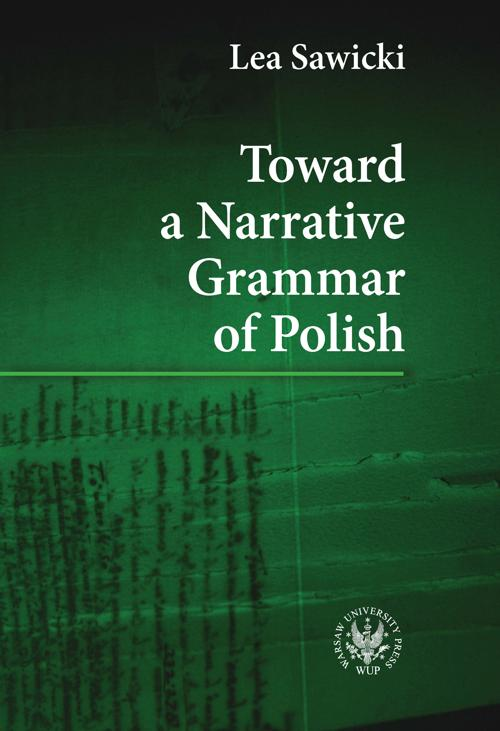
- -14%
ebook Toward a Narrative Grammar of Polish
Toward a Narrative Grammar of Polish autorstwa Lei Sawicki, wydana przez Wydawnictwa Uniwersytetu Warszawskiego w 2008 roku, to fascynujące studium gramatyki narracyjnej w opowiadaniach Stanisława Lema Opowieści o pilocie Pirxie.
Oto co znajdziesz w tym wyjątkowym ebooku:
- Analiza narracji: Poznaj subtelności gramatycznej budowy tekstu, które tworzą spójną i artystycznie bogatą narrację.
- Słownictwo SEO: Od ebooki do bestsellerów - odkryj najlepsze dostępne publikacje cyfrowe w sklepie z ebookami i pobierz je teraz w formacie PDF.
- Struktura języka: Zanurz się w kompleksowej analizie elementów gramatycznych, takich jak czas, aspekt, schematy składniowe i wiele innych.
- Odbiór tekstu: Dowiedz się, jak różne zjawiska tekstualne wpływają na doświadczenie czytelnika podczas lektury ebooków.
Dzięki temu naukowemu podejściu do literatury pięknej, Toward a Narrative Grammar of Polish zapewnia unikalny wgląd w sztukę narracyjną Stanisława Lema oraz strukturę języka polskiego.
Kup e-booka: Nie przegap okazji i pobierz ten fascynujący ebook już teraz, by zgłębić tajniki gramatyki narracyjnej w klasyce polskiej literatury!
Spis treści ebooka Toward a Narrative Grammar of Polish
Foreword 9Chapter One: Introduction 11
Chapter Two: The structure of a story: analysis of the running text 15
Chapter Three: Textual units: patterns and boundary signals 51
1. Text segments 51
2. Initial sentences 56
3. Settings 58
3.1. Local settings 58
3.2. Temporal settings 59
4. Theme maintenance vs. theme shift-61
5. Flashbacks 64
6. Digressions 65
7. Secondary narrative 67
8. Conclusions 68
Chapter Four: Participants and Narrator 69
1. Participants 69
2. Pirx as participant: narrator or focalizor? 70
3. Non-characters 76
4. Conclusions 79
Chapter Five: Principal means of text structuring 81
1. Introductory remarks 81
2. Grounding-81
3. Aspect 83
3.1. Aspect and \'event sequencing\' 84
3.2. Non-plot-advancing segments: aspect and other features 87
3.3. Imperfective aspect as participant characterization 89
3.4. Imperfective in non-descriptive segements 90
3.5. Imperfective as \'off-plane event sequencer\' 91
4. Tense 94
4.1. The past as unmarked narrative tense 94
4.2. Temporal adverbs in narrative 95
4.3. The present tense in narrative 96
4.4. A periphrastic \'prospective\' narrative tense 100
4.5. Tense in subordinate clauses 101
4.6. Tense-switching 101
5. Subordinate clauses and grounding 102
5.1. \'When\' – clauses in narrative 102
5.2. Content clauses in narrative 104
5.3. Relative clauses in narrative 105
5.4. Other subordinate clauses in narrative 106
6. Recapitulative abstract substantives 107
7. Conclusions 109
Chapter Six: Linkage 110
1. Coordination of predications 110
2. Connecting particles 111
3. The particle a 112
3.1. The particle a as a marker of juxtaposition of the content of two predications 112
3.2. Parallel statements connected by a 115
3.3. Commentative parenthetic clauses with a 116
3.4. The particle a in monologue and dialogue text segments 117
3.5. The particle a with więc 118
4. The particle i 119
4.1. The particle i connecting logically ordered predications with a common subject 119
4.1.1. The particle i in coordinated perfective clauses 119
4.1.2. Clauses coordinated by the particle i with non-durative, iterative imperfectives 120
4.1.3. Clauses coordinated by the particle i with durative, non-iterative imperfectives 121
4.1.4. The particle i connecting logically ordered predications with different subjects 123
4.2. The particle i as a highlighting particle 125
4.2.1. The particle i marking a turning point in the narrative 125
4.2.2. The particle i as a focus marker 126
5. Adversative particles: ale 127
5.1. Unsuccessful or unfulfilled actions, failed attempts 127
5.2. Unexpected outcomes 129
5.3. The particle ale in clauses following expressions of states of affairs 130
5.4. The particle ale in sentences with evaluative stance 131
5.5. The particle ale in dialogue 132
5.6. The particle ale in free indirect discourse 134
5.7. The particle ale in clauses marking a narrative break 136
5.8. The particle ale as a focus marker 137
6. Coordination of sentence constituents 138
7. Summary and conclusions 139
Chapter Seven: Constituent sequencing 145
1. Introductory remarks 145
1.1. Working definitions 145
1.1.1. Theme and rheme 145
1.1.2. Subject and Predicate 147
1.1.3. Agent 148
2. Constituent sequencing in verbal sentences 148
2.1. Basic word order in Polish? 148
2.2. The occurrence of the pronominal subject 149
2.3. The position of the subject 152
2.3.1. The position of the subject with verbs of weak predication 152
2.3.2. The position of the subject with verbs of speech 154
2.3.3. Expanded subjects of verbal and non-verbal sentences 157
2.4. Constituent sequencing in digression closing 158
2.5. Constituent sequencing in presets 159
3. Distribution of information in nominal sentences 162
3.1. The sequence of to and być 166
3.2. A note on number/gender congruence in the nominal sentence 172
4. Conclusions 172
References 174
Szczegóły ebooka Toward a Narrative Grammar of Polish
- Wydawca:
- Wydawnictwa Uniwersytetu Warszawskiego
- Rok wydania:
- 2008
- Typ publikacji:
- Ebook
- Język:
- angielski
- Format:
- Liczba stron:
- 178
- Miejsce wydania:
- Warszawa
- ISBN dla wersji papierowej:
- 9788323504283
Recenzje ebooka Toward a Narrative Grammar of Polish
-
Reviews (0)

Na jakich urządzeniach mogę czytać ebooki?
- -14%


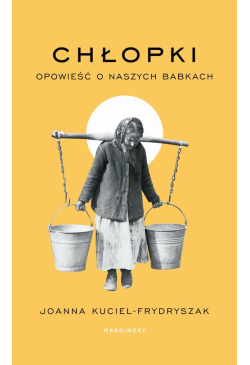
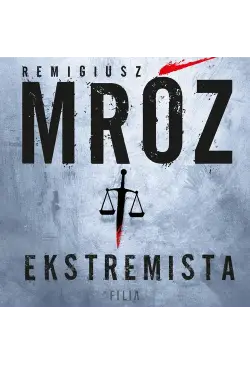
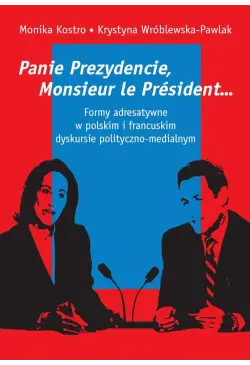
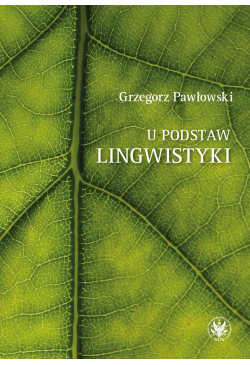


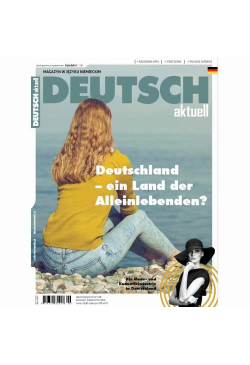
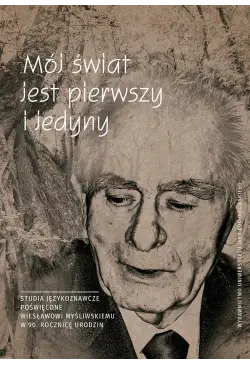
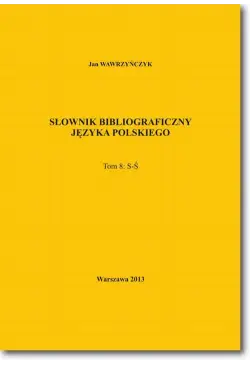
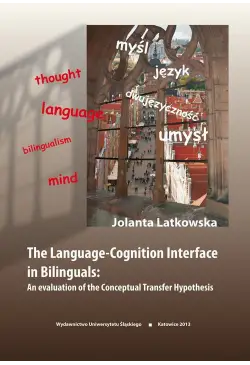
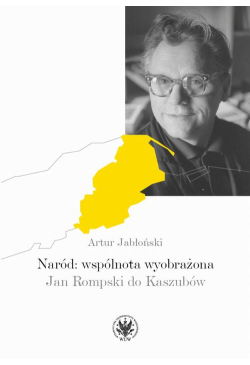


@CUSTOMER_NAME@
@COMMENT_TITLE@
@COMMENT_COMMENT@